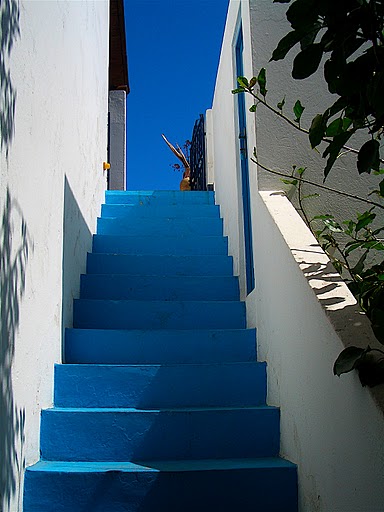I like the sound of Friedlieb Ferdinand Runge, of whom my father seemed so proud. Esther Leslie devotes quite a few pages to him in her fascinating book on nature, art and chemistry, Synthetic Worlds. As well as the famous discovery of aniline dye (and a reminder of the story about Goethe and the coffee beans) we learn he was criticised by Hegel, in his doctoral viva, for not theorising properly ‘in a philosophical manner’ (though he did pass the exam); that as a populariser of science he wrote manuals for many different trade groups, as well as a series of letters for housewives; that an acquaintance visited him and found him ‘with hair in long curls hanging down to his shoulders…with one hand he was filtering a precipitation, while the other was stirring a few potatoes, which were boiling over a chemical lamp’. He continued to do many experiments and make many discoveries in colour chemistry and he developed a notion that there is a ‘drive to formation’ (Bildungstrieb) – a sort of life-force – in chemicals, shown in the images which form when chemical solutions are dropped onto paper. These images he considered a ‘painterly art’, and he clearly took pleasure in their beauty at the same time as observing their structures and effects. The long-term effects of his 1833 discovery of cyanol were the guarantee of another kind of beauty – the deep blues of calico in Manchester, and of fabrics around the world.

